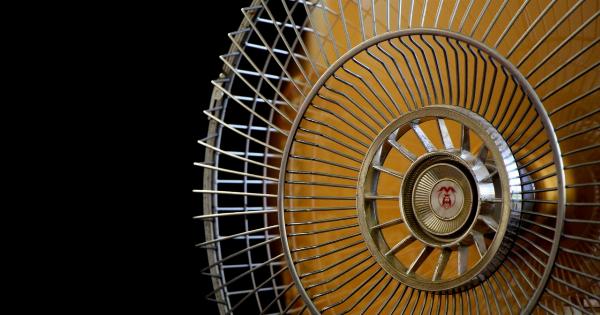Strawberries are a beloved fruit that many people look forward to enjoying during the summer months. However, with the advancements in LED lighting technology, it is now possible to grow strawberries all year round, regardless of the season.
LED lights have revolutionized the way we cultivate and produce strawberries, making it easier for farmers and home gardeners alike to enjoy a continuous supply of these delicious berries. In this article, we will explore how LED lights have become the key to all-year round strawberry production.
Understanding the Importance of Light in Strawberry Production
Light is an essential component when it comes to the growth and development of plants, including strawberries. Traditionally, strawberry plants rely on natural sunlight to thrive, and this limits their growth cycle to the warmer months.
As the days get shorter and sunlight becomes scarce during the winter, strawberry plants enter a dormant phase, resulting in a lack of fruit production. This limited growing season is one of the main reasons why strawberries are typically associated with summer.
The Role of LED Lights in Strawberry Production
LED lights have transformed the way we provide light to plants. Unlike traditional light sources such as incandescent or fluorescent bulbs, LED lights emit specific wavelengths of light that can be tailored to meet the exact needs of plants.
For strawberry plants, a combination of blue and red wavelengths has been found to be the most beneficial.
Advantages of LED Lights in Strawberry Production
There are numerous advantages to using LED lights in strawberry production:.
1. Increased Growth Speed
LED lights promote faster growth in strawberry plants compared to relying solely on natural sunlight. By providing the optimal wavelength and intensity, LED lights can accelerate the growth rate of plants, allowing them to reach maturity quicker.
This means that more fruit can be harvested in a shorter period.
2. Extended Growing Season
LED lights enable strawberry plants to bypass the limitations imposed by seasons. With the right lighting setup, it is possible to maintain the ideal growing conditions for strawberries throughout the year.
This extends the growing season and ensures a continuous supply of fresh strawberries, regardless of the time of year.
3. Controlled Environment
LED lights are commonly used in indoor or greenhouse settings, where the growing conditions can be tightly controlled. This eliminates the reliance on unpredictable weather patterns and allows for consistent growth throughout the year.
The controlled environment also reduces the risks of pests and diseases, further enhancing strawberry production.
4. Energy Efficiency
LED lights are incredibly energy-efficient compared to traditional lighting options. They consume less electricity while still producing the desired light output, resulting in reduced energy costs for farmers and home growers.
Additionally, LED lights have a longer lifespan, reducing the need for frequent replacement and contributing to overall cost savings.
5. Customizable Light Spectrum
LED lights offer the flexibility to customize the light spectrum based on the specific needs of strawberry plants.
By adjusting the ratio of blue and red wavelengths, growers can optimize the growth, flowering, and fruiting processes of their strawberry plants. This level of customization allows for maximum productivity and higher yields.
Implementing LED Lights for Strawberry Production
Integrating LED lights into strawberry production requires careful planning and setup. Here are some key considerations when using LED lights for all-year round strawberry production:.
1. Light Intensity
The intensity of light is an essential factor in promoting healthy and robust strawberry plants. LED lights should be positioned at an appropriate distance from the plants to ensure that they receive the optimal amount of light.
Too much light can cause stress or damage to the plants, while too little light may not support proper growth.
2. Light Duration
Strawberry plants require a specific amount of light each day to thrive. LED lights should be programmed to provide the necessary duration of light exposure, mimicking the natural daylight cycle.
Typically, strawberry plants require around 12-16 hours of light per day during their vegetative and flowering stages.
3. Light Spectrum
LED lights can emit different wavelengths of light, each with its own effect on plant growth and development. For strawberries, a combination of blue and red wavelengths is most effective.
Blue light promotes vegetative growth, while red light stimulates flowering and fruiting. By adjusting the ratio of blue to red light, growers can control the different growth stages.
4. Lighting Schedule
In addition to providing the right amount and spectrum of light, it is crucial to establish a consistent lighting schedule. Strawberry plants thrive on routine, so maintaining a regular lighting cycle helps to optimize their growth and production.
It is recommended to use timers or automation systems to ensure a reliable lighting schedule.
Conclusion
LED lights have revolutionized strawberry production, offering a way to grow strawberries all year round.
With their ability to provide the ideal spectrum, intensity, and duration of light, LED lights ensure enhanced growth, extended growing seasons, and increased yields. By embracing LED technology, farmers and home gardeners can enjoy the taste of fresh strawberries any time of the year, making it a truly rewarding endeavor.






























